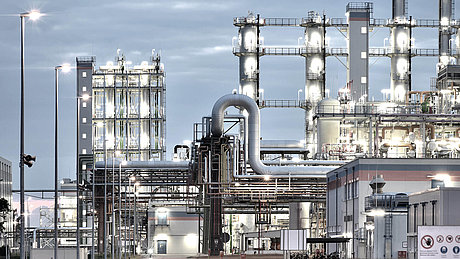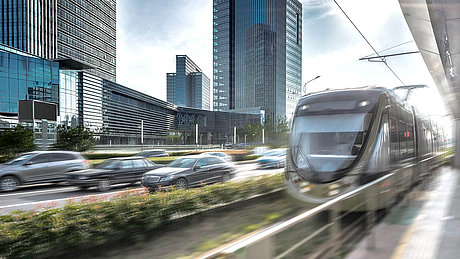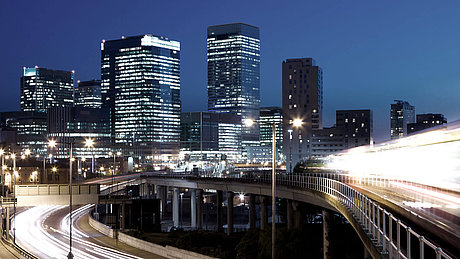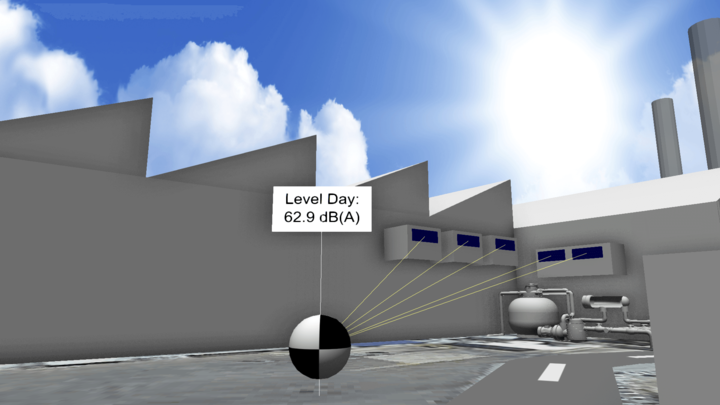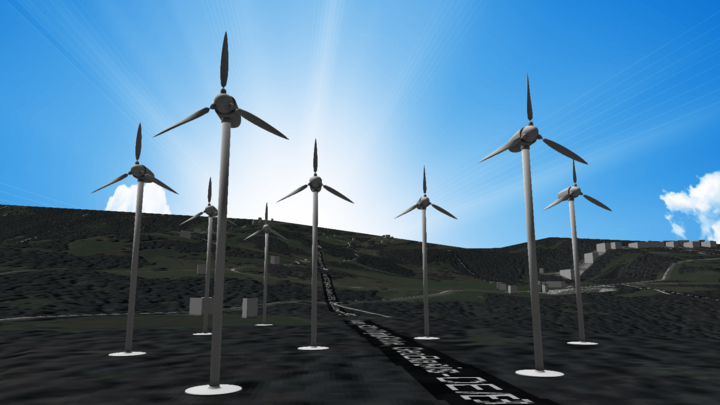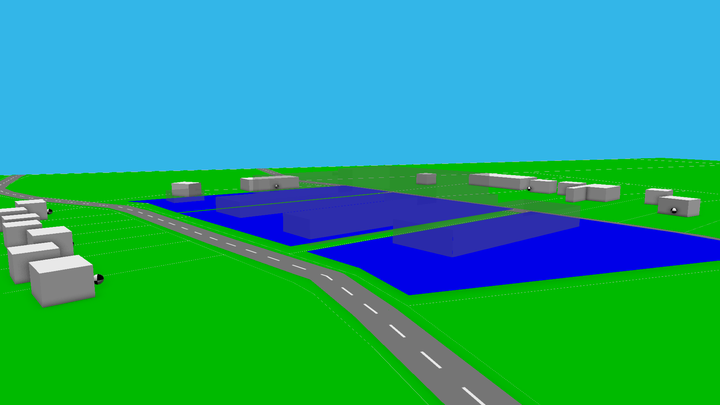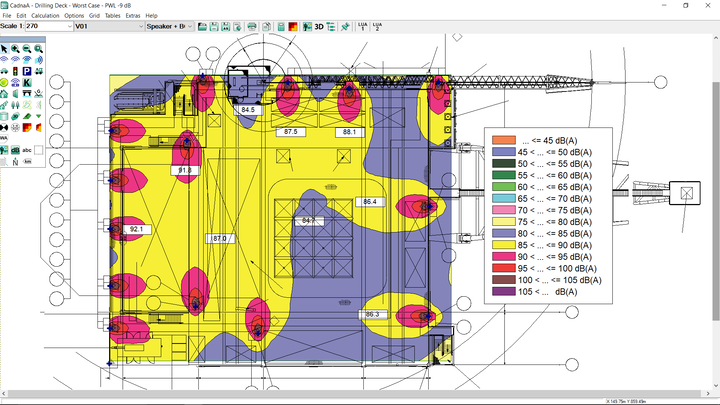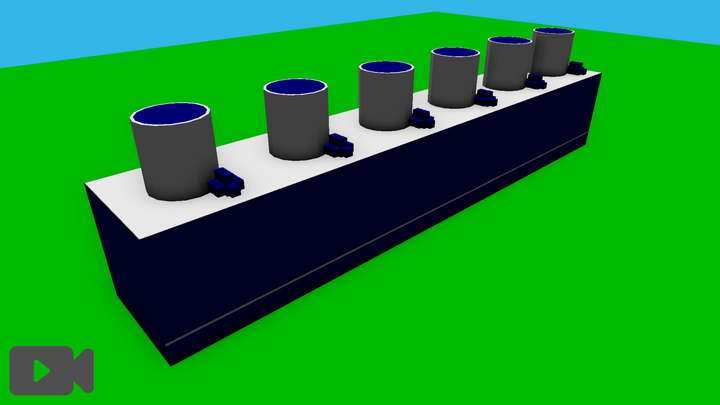Industry Noise
A wide range of applications is summarized by the term industry acoustic. From the optimization of a pure industrial site to the impact assessment of wind farms, development of measures against noise at the source or performance studies of PAGA systems, CadnaA provides the right expert tools to tackle each individual problem. Challenging construction sites such as mining areas are also included in this group of applications.
